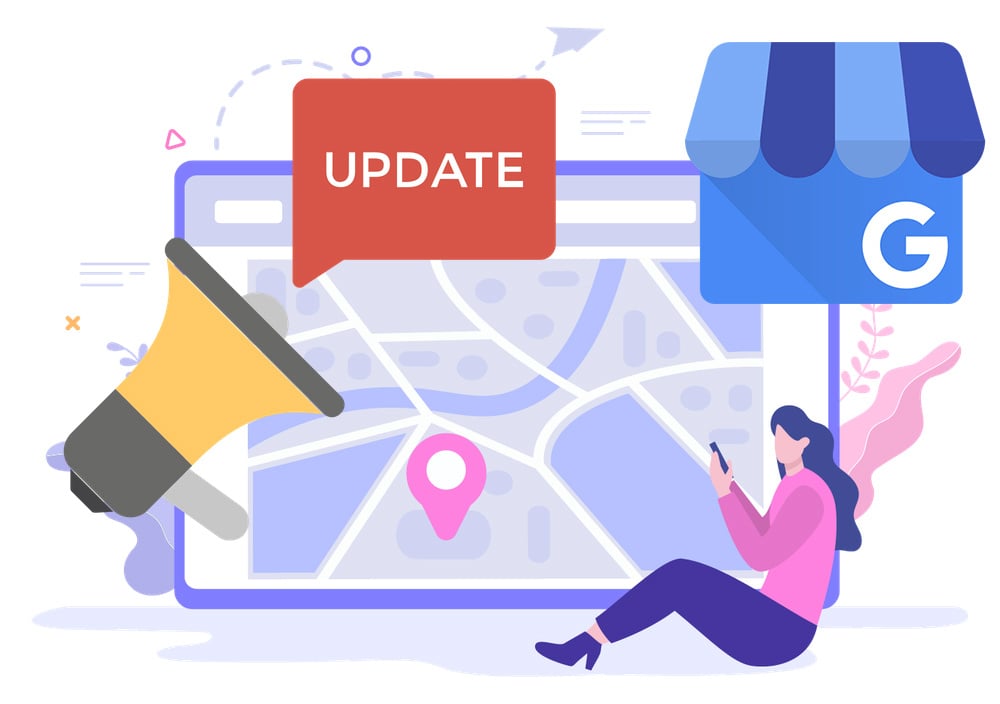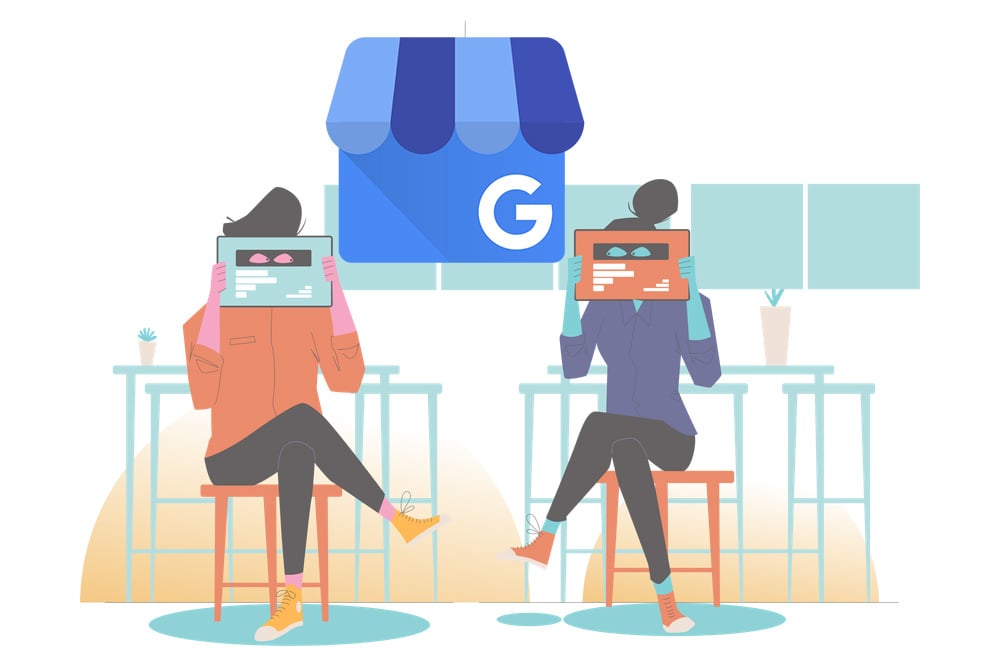Preparing Your Local Business for the Digital Customer Experience
Is your local business offering a great digital customer experience? If not, you'll fall behind in 2020. Learn how you can get prepared!



If you're paying attention to marketing trends, then "customer experience" is a term you should be familiar with. Sure, there's still a bit of a debate around what it is and why it matters.
But that's for another article.
What we're going to discuss is the digital customer experience and how it can benefit your local business.
Let's jump right in!
What is the Digital Customer Experience?
So what is a digital customer experience? A digital customer experience revolves around the interactions a customer has with a brand in the virtual world. This interaction leaves an impression of the business and its products or services.
What makes it different than any other customer experience?
Let's find out.
Digital Customer Experience vs Customer Experience
It's common for businesses and marketers to use the umbrella term "customer experience" to sum up the interactions people have with companies.
But that's just what it is -- a broad term.
When you look closer, you'll see there are subcategories of customer experiences. For instance, there are customer experiences that happen in person and those that happen strictly online.
Talk of the digital customer experience is growing in popularity because more businesses are moving online. Even local small business owners are finding value in creating web storefronts and digital touchpoints.
When you delve into the world of creating digital customer experiences, you'll find it's completely different territory. The things you do to create digital experiences require a unique approach.
For instance, for general customer experiences, you can focus on things like:
- Improving your storefront
- Decorating your bathrooms
- Implementing seating areas
- Adding televisions to your restaurant
- And a host of other things
On the internet, you'd focus on different areas, such as:
- Creating engaging social posts
- Commenting on other people's social posts
- Updating your website with a responsive design
- Adding new products/service information to your website
- Enabling customers to talk to a human via online chat
- Allowing customers to accept text messages
- Allowing customers to book appointments online
- Responding to reviews
- And the list goes on

Common Myths About the Digital Customer Experience
Now that digital customer experience is a growing topic, you're going to hear things that aren't necessarily true. Here's a quick look at these common misconceptions about the digital customer experience:
- It's all about your technology and strategy. Not really -- it's about creating a culture that resonates with your brand and its customer base. If your business isn't customer-centric, then it'll fail even with the best technologies and strategies.
- It's all about sales and marketing. If you're focusing too much on these areas, then likely you're neglecting your customer service, engagement functions, and customer retention efforts. Be sure you're including the entire customer lifecycle in your marketing and sales strategy.
- Customers want brands to be digital. Nope -- they don't care about this. They only care about convenient access to the companies they want to do business with (no matter the channel they're using).
- You have to be online to offer a digital customer experience. Wrong again -- physical businesses can also get in on the action. You can still create digital experiences with your website, social media, etc.
Digital Customer Experience Trends to Watch for in 2020
So how should you go about planning your digital customer experiences for 2020? Let's take a look at some of the trends we'll likely see grow this year.
Customers Continue to Demand Personalized Experiences
As a local business, you want your customers to feel special -- or at least, if you want them to stick around. With personalized marketing, you can make this happen.
The internet makes this possible using email marketing, blogging, and PPC ads. But to keep things simple, you can use a CRM (customer relationship management system) to store and manage your clients.
With GoSite's Contact Hub, you can organize (aka segment) your customers based on things like past purchases, interactions, and interests.
Then send out personalized emails and text messages with relevant promotions.

Omnichannel Marketing (and Sales) Will Grow
Your customers want a seamless digital customer experience with brands. You can offer this by being everywhere they are.
For example, when a customer reaches out to you via social media, you can send a link to one of your blogs with further information. Then from there, there's a call to action to download a free guide (in exchange for an email).
Then you can segment the user based on what they downloaded (are they at the top or the middle of the sales funnel).
Once they're ready to purchase, they will Google your business -- will they find your Google My Business listing? And if they do, is there a click-to-call feature enabled?
All of these are various customer touchpoints you can optimize to create a seamless digital customer experience.
Start Prepping Your Local Business for the Digital Customer Experience
It doesn't take much to put together a solid digital customer experience strategy. With these tips and insights, you can get your local business ready just in time for the new year (and beyond).
You can start by trying GoSite for free. With this, you'll get a feel for the digital customer experience to your clientele.
Ready to give it a try? Then sign up for a free account today when you download the free mobile app!

%20(1)%20(1).png?width=340&name=Group%2012%20(2)%20(1)%20(1).png)



